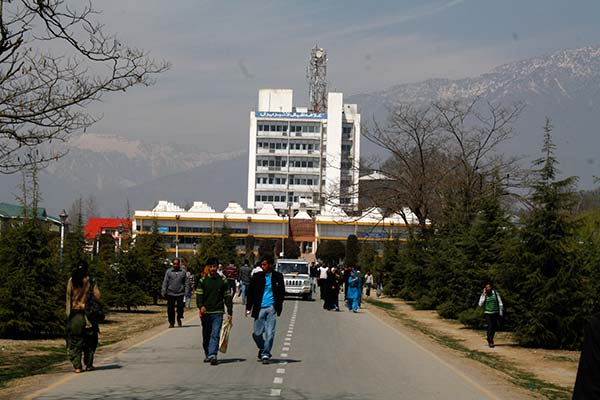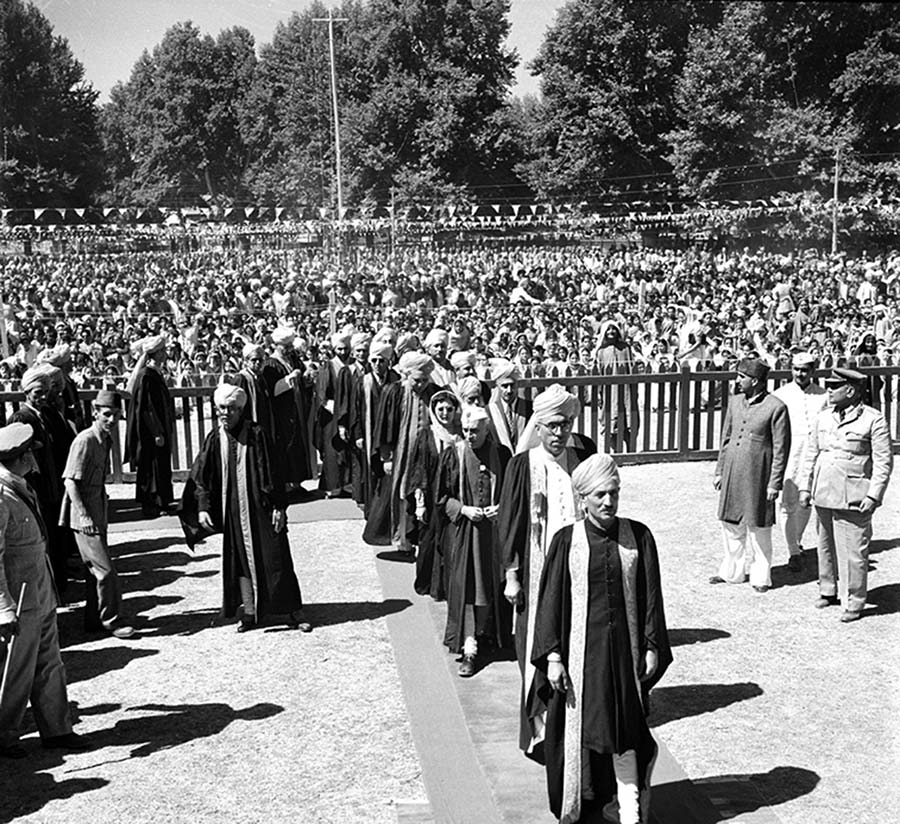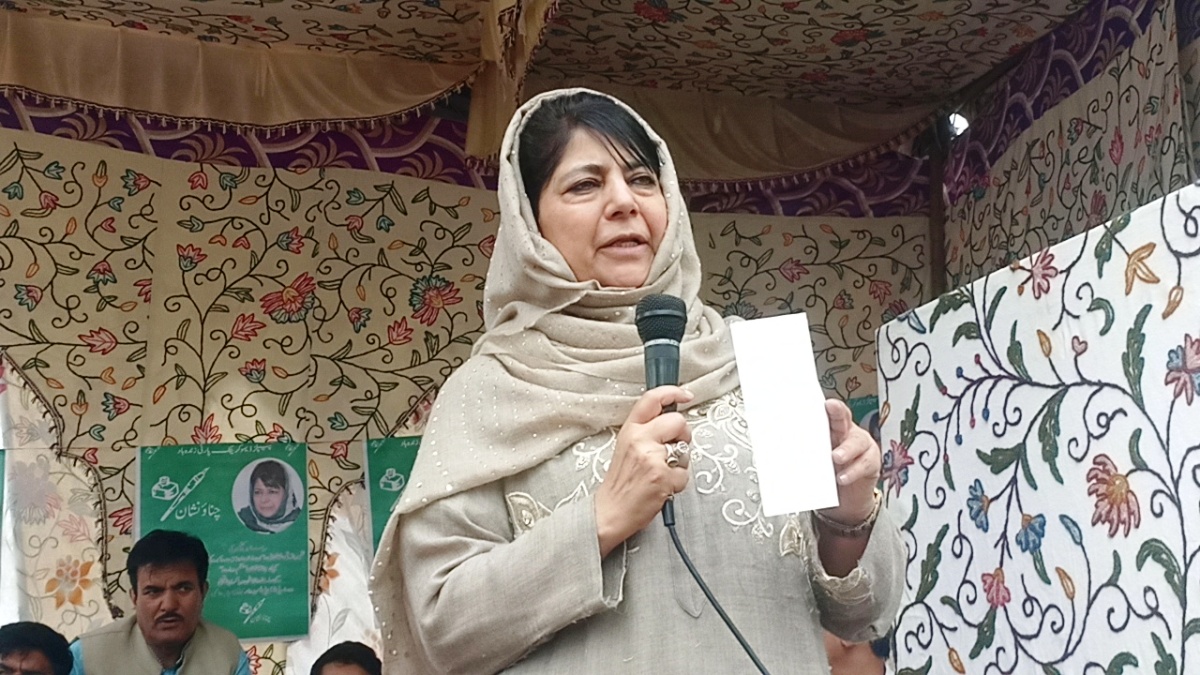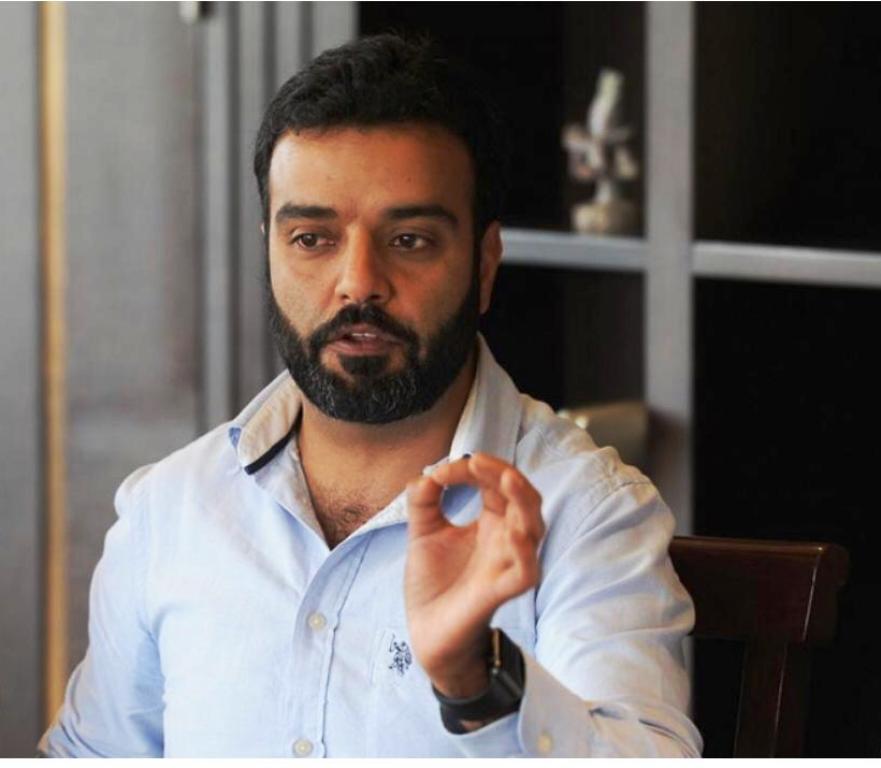by Umar Bashir
“Education is the silver bullet to improve this Nation’s standing worldwide… and our teachers know that” is a well-known statement by Solomon Ortiz.

I am certain that our teachers in Kashmir believe the same, despite having grievous living. I am adding Kirsten Gillibrand who said, “If we expect our children to thrive at our colleges and universities, and succeed in our economy once they graduate – first we must make quality, affordable early childhood education accessible to all”.
Kashmir is a conflict zone is facing enormous challenges on multiple fronts. One such challenge is the lack of quality education at primary, secondary and tertiary level. I am citing one such study by Chinar International in 2017, Education and Unrest in Kashmir-A Way Forward.
Recently a group of Kashmiri students have come up with the idea of establishing a world-class private university in Kashmir. This group of students have appealed people for financial support to make this project a success.
While I appreciate this ambition for the sake of educating Kashmiris, I, however, have fears for its failure due to the lack of vision, the financial problem that people are facing on ground, the lack of engagement of opinion from different sections of the society and the experience that we have from similar past initiatives.
I would like to highlight some concerns and questions that need to be addressed before taking such an initiative.
The term “international standard/world-class university” has become a tagline, not only for the improvement of quality learning in higher education and research but also for the development of capacities to compete in the global higher education system by acquiring, adapting, and creating advanced knowledge par excellence.
Students aspire to attend the best possible but affordable higher education institution, often regardless of the geographical location. In return, governments (or other funding agencies) focus on maximizing the productivity of their investments. Global reputation and acceptance are one of the important concerns for institutions around the world. The paradox of the world-class university, however, is that “everyone wants one, no one knows what it is, and no one knows how to get one” (Altbach 2004).

A university cannot achieve world-class reputation or status by self-declaration. Elite status, however, is conferred by the global authorities/agencies based on international recognition. One of the key qualifications is an international outlook. World-class universities are recognized based on their overall performance. These include well-qualified graduates capable of performing in the job market, doing cutting-edge research, and publishing the results in reputed journals and filing patents for their products achieved by innovative research.
Some of the basic features that define the difference between a regular university and a world-class university is that the world-class universities have highly qualified faculty, excellence in research, quality teaching, high levels of government and non-government sources of funding, diligent and talented students, academic freedom, autonomous governance structures, and well-equipped facilities for teaching, research, administration, and student life.
International experience shows that three basic strategies can be followed to establish world-class universities:
(a) Governments could consider upgrading a small number of existing universities that have the potential of excelling like in the case of United Kingdom (UK) where Imperial College and Kings College, London, both achieved the status of a university after a long record of excellence.
(b) Governments could encourage a number of existing institutions to merge and transform into a new university that would achieve the type of synergies corresponding to a world-class institution. This formula was adopted by France in the recent past where at least two universities were merged by a hybrid formula. One such example is the merger of Pierre and Marie Curie University, one of France’s leading scientific and medical research-based institutions, and Paris-Sorbonne University, which has an international reputation for top quality teaching in the humanities and social sciences and
(c) Governments could create new world-class universities from scratch. Here, I can cite the example of the Indian Institute of Science Education and Research (IISERs) in India. While the two approaches in the case of the UK and France have been successful. In India, however, IISERs have failed to meet the objectives to a large extent even after one decade of their establishment. The reasons are again budget cuts in research funding, bureaucratic hurdles, and appointment of incompetent scholars and administrators at higher positions by the Modi government.
Having said this, I would like to highlight the role of government which is crucial for any university.
If we look at the history of world-class universities like Oxford, Cambridge, Harvard, the prominence of these universities is entirely due to their incremental progress without deliberate and unnecessary government interventions. These universities evolved over a long time with strong will power, with variable levels of public funding, but with considerable autonomy in terms of governance, the definition of mission, and direction. In India, Jawaharlal Nehru University (JNU) is one such example which has evolved as a centre of excellence due to its democratic and autonomous status over the last several decades.
The university however became a centre of controversy in the recent past after a crackdown on student activism, political interference in academic affairs, seat and budget cuts and changes in admission and recruitment policies. In Kashmir, therefore, it is highly unlikely to create such a university under current circumstances without a favourable policy environment and direct public support.
The obvious reasons are lack of academic freedom and direct political interference, high costs in setting up advanced infrastructure and a high-risk factor in the sustainability of the institution.

Keeping all the above-mentioned things in mind, the question is, is it feasible to establish a regular or world-class university in Kashmir and that too on donations and charity?
If we look at the private sector universities in India, they have miserably failed to compete with the public sector universities due to the lack of vision and will power. Ashoka University and O P Jindal University might be exceptions. Private sector universities in India are run by corporates for commercial purposes rather than public services, social needs and research excellence except for a few examples like Tata Institute of fundamental research (TIFR) and Birla Institute of technology and science (BITS) which have a huge funding base at their disposal.

In the case of Kashmir, the following questions need to be answered before taking up an initiative to establish a private university or a university run by charity: What is the vision for this university? How will the university be financed? What share should fall under the public budget? What share should be borne by the private sector? What share should be funded by charity? What are the governance arrangements that must be put in place to facilitate the establishment of this university and support suitable management practices? What level of autonomy and forms of accountability will be appropriate? What will be the government’s role in this process? In which directions will it pursue excellence in teaching and research? What is the target student population? How will success be measured? What monitoring systems, outcome indicators, and accountability mechanisms will be used? And finally, do we have enough excellent faculty available to run a world-class university?
Keeping the examples of Aligarh Muslim University (AMU) and JNU in mind, I am concerned that this project will not only be a failure but detrimental to any such serious initiatives in future. Besides, we all should bear in mind, “action expresses priorities”.
(Umar Bashir, is a PhD student in Physics at the University of Zurich, Switzerland. Views expressed are personal.)















